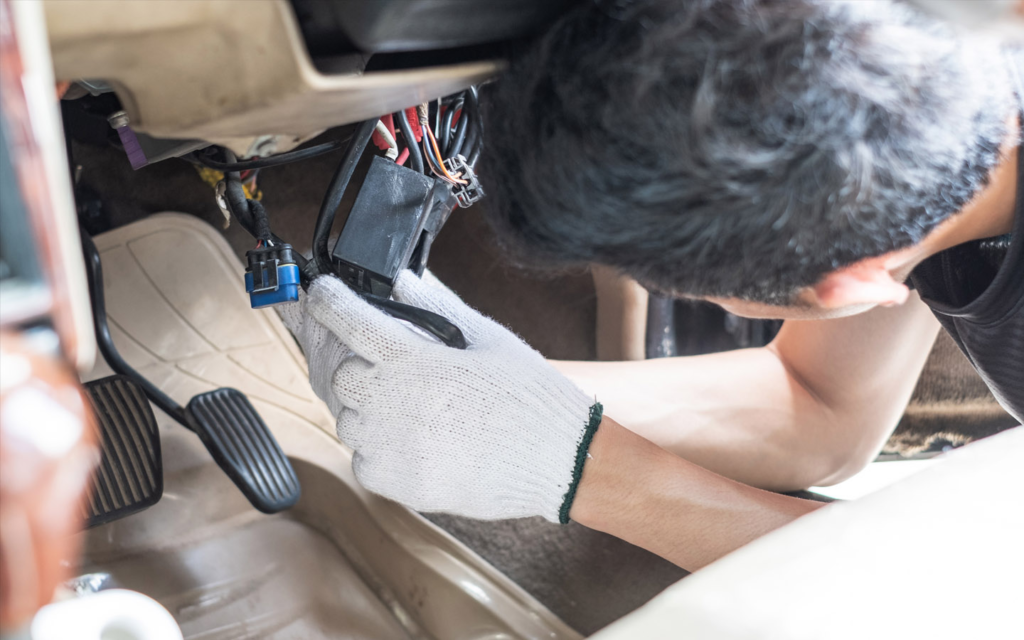Hotwiring a car is a topic that often surfaces in movies and pop culture, but it’s essential to clarify that attempting to hotwire a car without proper authorization is illegal in most places. This article aims to provide insight into the mechanics of car ignition systems to increase understanding and awareness. It is not intended to encourage illegal activities.
Understanding the Ignition System
The ignition system in a car is designed to start the engine and keep it running. It consists of several key components, including the ignition switch, the starter, and the ignition lock cylinder.
The Ignition Switch
The ignition switch is a device typically located on the steering column. It has multiple positions, including “Off,” “Accessory,” “On,” and “Start.” When you turn the key to the “Start” position, it sends an electrical signal to the starter motor, which cranks the engine and initiates the combustion process.
The Starter Motor
The starter motor is responsible for turning the engine over. It engages with the engine’s flywheel, enabling the engine to start running independently. The starter motor draws power from the car’s battery to perform this function.

The Ignition Lock Cylinder
The ignition lock cylinder is a component found within the ignition switch assembly. It requires a matching key to operate. When the correct key is inserted into the cylinder and turned, it allows the ignition switch to function, and the engine can be started.
Hotwiring a Car: A Misconception
Contrary to popular belief, hotwiring a modern car is not as simple as depicted in movies. In the past, older vehicles with simpler ignition systems were more susceptible to hotwiring. However, advancements in car security technology, including transponder keys and electronic immobilizers, have made hotwiring extremely difficult, if not impossible, for most vehicles manufactured in recent years.
Modern Car Security Features
Modern cars come equipped with a range of security features designed to prevent unauthorized access and theft. These features include:
- Transponder Keys: These keys have embedded microchips that communicate with the car’s onboard computer. Without the correct transponder key, the engine will not start.
- Electronic Immobilizers: Electronic immobilizers prevent the engine from starting without the presence of a coded electronic key fob.
- Keyless Entry Systems: Keyless entry systems use unique codes to unlock and start the car, reducing the effectiveness of traditional hotwiring methods.
The Legal Consequences
Attempting to hotwire a car is illegal and can result in criminal charges, including theft, burglary, and damage to property. Penalties for such offenses can be severe and may include fines, probation, or imprisonment.
Understanding the mechanics of a car’s ignition system is essential for car owners, but it’s crucial to emphasize that hotwiring a car is illegal and discouraged. Modern vehicles are equipped with advanced security features that make hotwiring extremely difficult, if not impossible, for unauthorized individuals. Instead, focus on legal and responsible ways to address your automotive needs and concerns.
